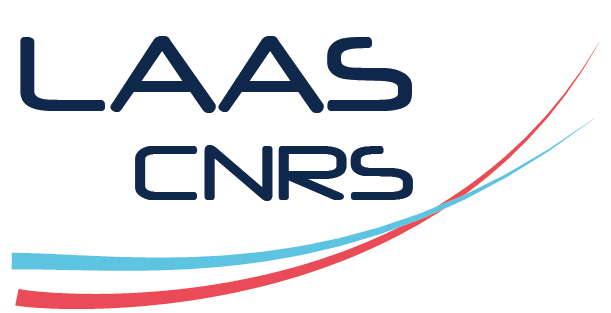Analysis of In Vitro Cell Viability Approaches to Provide Early Efficacy Prediction of Electrochemotherapy Treatments
Résumé
Among all the cancer treatments developed, elec- trochemotherapy has shown great promise in recent decades. This approach combines the local delivery of electric pulses with the administration of poorly-permeant cytotoxic agents. We aim to investigate the effects of electrochemotherapy treatments and predict their impacts on cell viability, especially at the earliest stage. We explore different approaches to evaluate cell viability, involving time periods from several days to few hours post treat- ment. Besides commonly-used approaches such as clonogenic and colorimetric assays, we investigate an innovative viability assay, the Light Up Cell System assay, and compare these methods. Even if the conducted viability assays demonstrate the interest of using electric fields to enhance the cytotoxic agent penetration into cells and potentiate their effects, our study demonstrates that the colorimetric and Light Up Cell System assays can predict the cell response to electrochemotherapy treatment as early as 2 hours post-treatment, whereas the gold standard for assessing cell viability, the clonogenic assay, necessitates 10 days of experimenta- tion. Moreover, the Light Up Cell System assay seems particularly interesting, as it provides similar results to the well-established col- orimetric technique while offering the advantages of maintaining cells alive and being suitable for the study of non-adherent cell lines.
Fichier principal
 FINAL VERSION.pdf (21.73 Mo)
Télécharger le fichier
FINAL VERSION (1).pdf (21.73 Mo)
Télécharger le fichier
FINAL VERSION.pdf (21.73 Mo)
Télécharger le fichier
FINAL VERSION (1).pdf (21.73 Mo)
Télécharger le fichier
| Origine | Fichiers produits par l'(les) auteur(s) |
|---|

